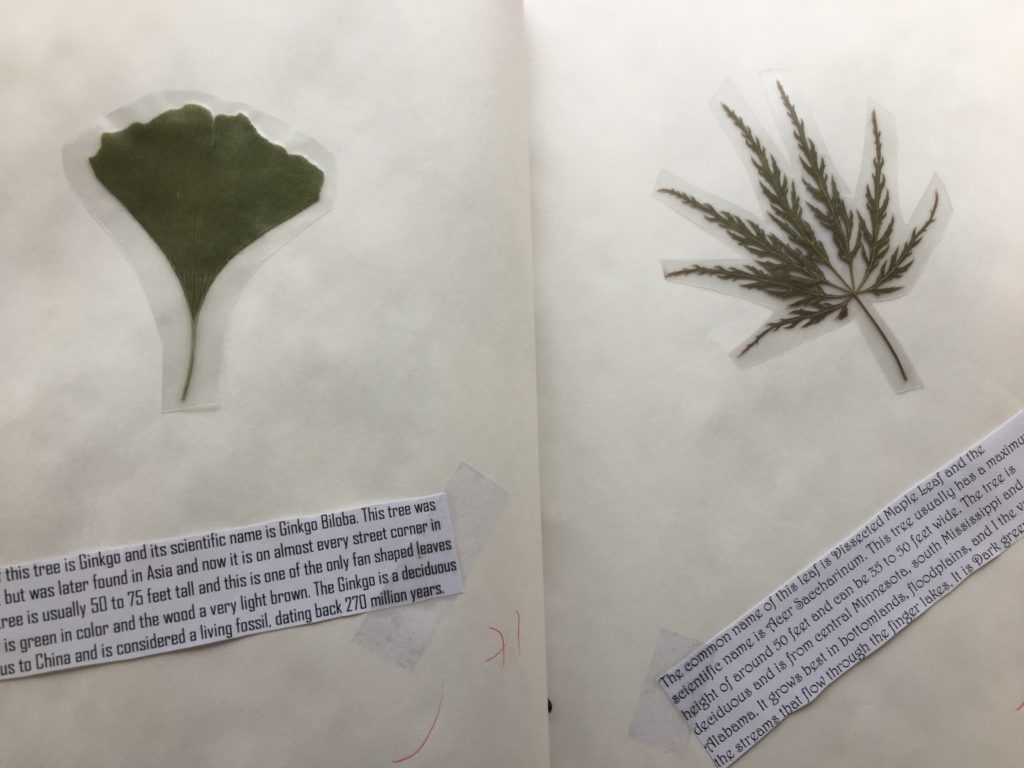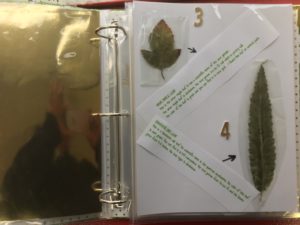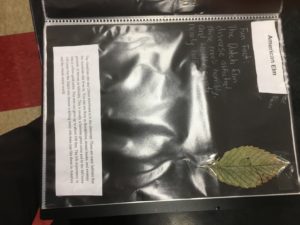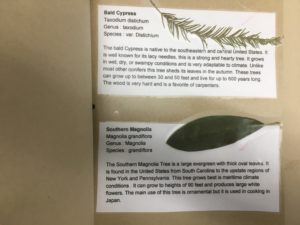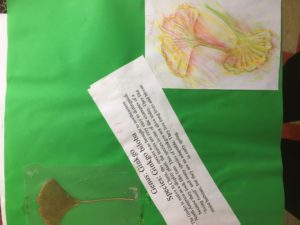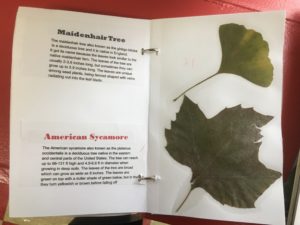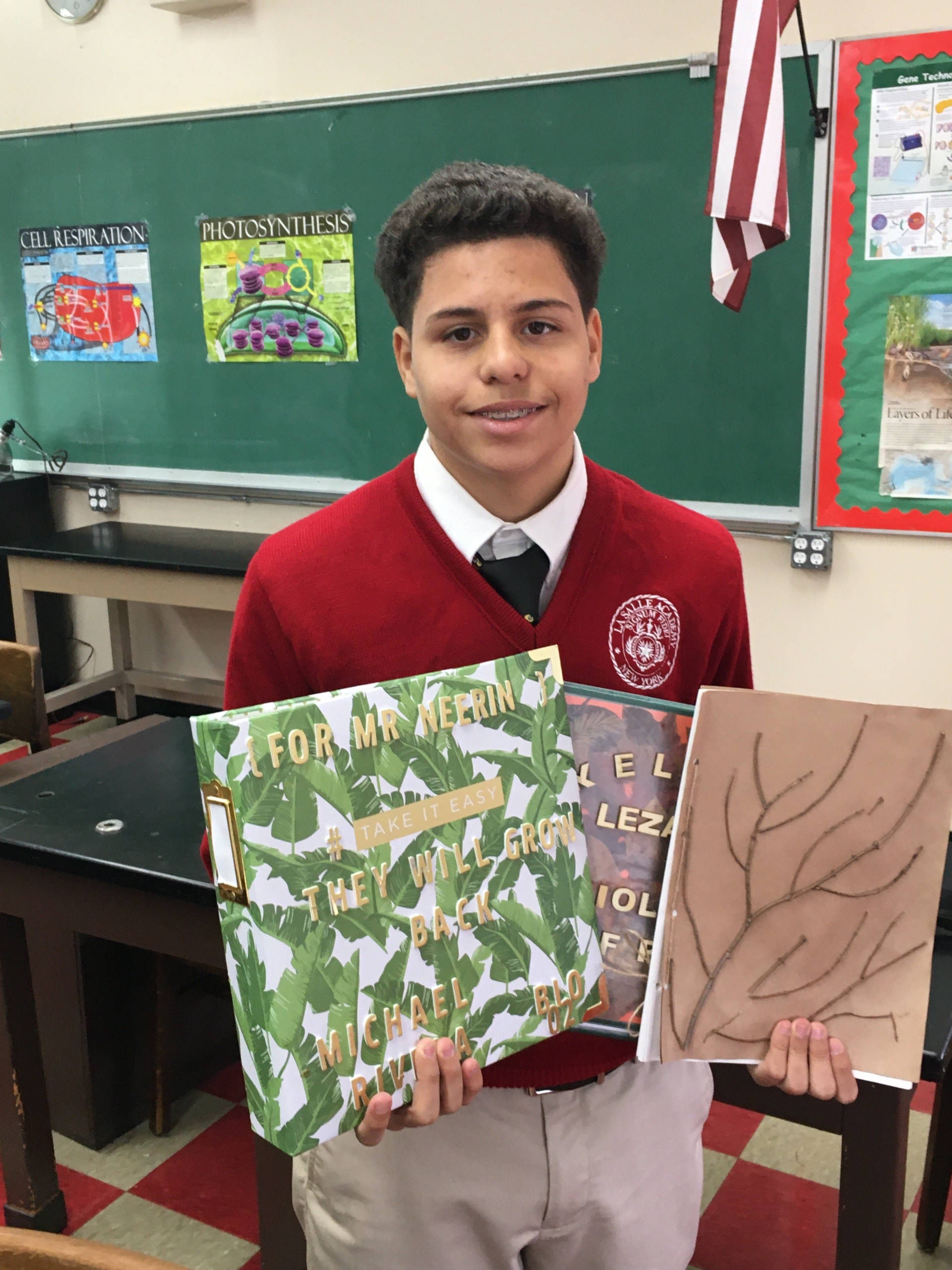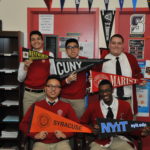Can you be-“leaf” it?
Freshmen students in Mr. Neering’s biology class recently completed a hands-on leaf project. Students 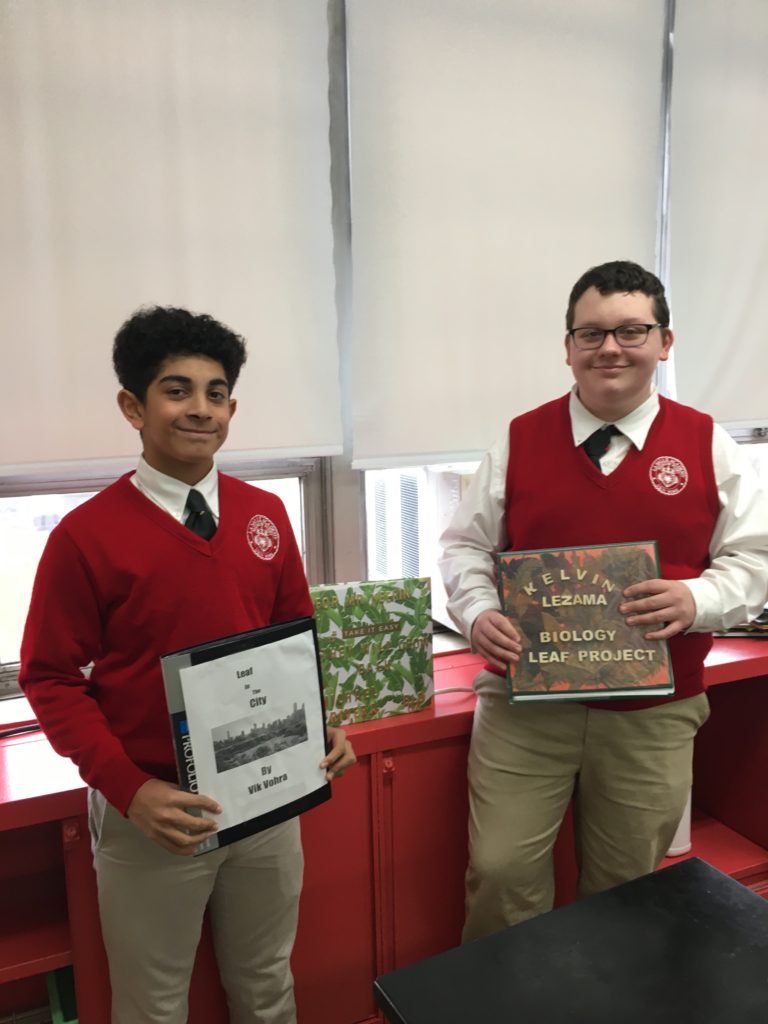 were given the task of collecting and identifying 20 different types of leaves. If you live in the “concrete jungle” of New York City, you know this is not an easy assignment. Students literally stepped outside their comfort zones to find these leaves. Those who stayed within the City limits chose places like Central Park, but one student even found some leaves in his neighborhood of Little Italy. Another student traveled a little further to White Plains to find the leaves for his project. The exotic leaves that another student found by his Grandmother’s home in Florida made his project a little different from the others. One freshman student said he made it fun by taking his twin sisters with him on his leaf adventure while another student added ‘fun facts’ to his project.
were given the task of collecting and identifying 20 different types of leaves. If you live in the “concrete jungle” of New York City, you know this is not an easy assignment. Students literally stepped outside their comfort zones to find these leaves. Those who stayed within the City limits chose places like Central Park, but one student even found some leaves in his neighborhood of Little Italy. Another student traveled a little further to White Plains to find the leaves for his project. The exotic leaves that another student found by his Grandmother’s home in Florida made his project a little different from the others. One freshman student said he made it fun by taking his twin sisters with him on his leaf adventure while another student added ‘fun facts’ to his project.
Finding the leaves was just the beginning. Next, the students had to identify the types of leaves they found based on features like shape and size with the help of a website suggested by Mr. Neering. Central Park labeled some of the trees which gave some students a head start. The research was the hardest part according to most of the students. Most leaves look the same and it’s hard to find different identifying features. Although they may look the same, there are still many unique types of trees found right here in New York City. “I learned to appreciate trees more instead of just looking at them,” one student reflected. Another student was interested in the health benefits of the leaves he found, such as aloe leaves and tea leaves.
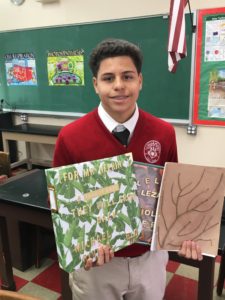
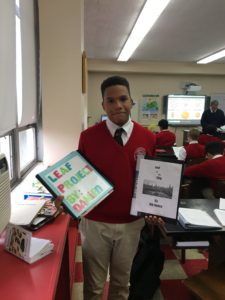
Mr. Neering was very impressed, saying “The students went above and beyond what I asked of them with this leaf project. The artistic creativity was truly amazing. The students benefited first by being outdoors away from the technology that can consume them. They were exposed to the natural world that they all have so little opportunity to engage with. They also learned some genus/species names that will help them on the biology Regents exam in June. I am very proud to teach them all.”
Each student compiled their results into a book. Check out some of their work here:
